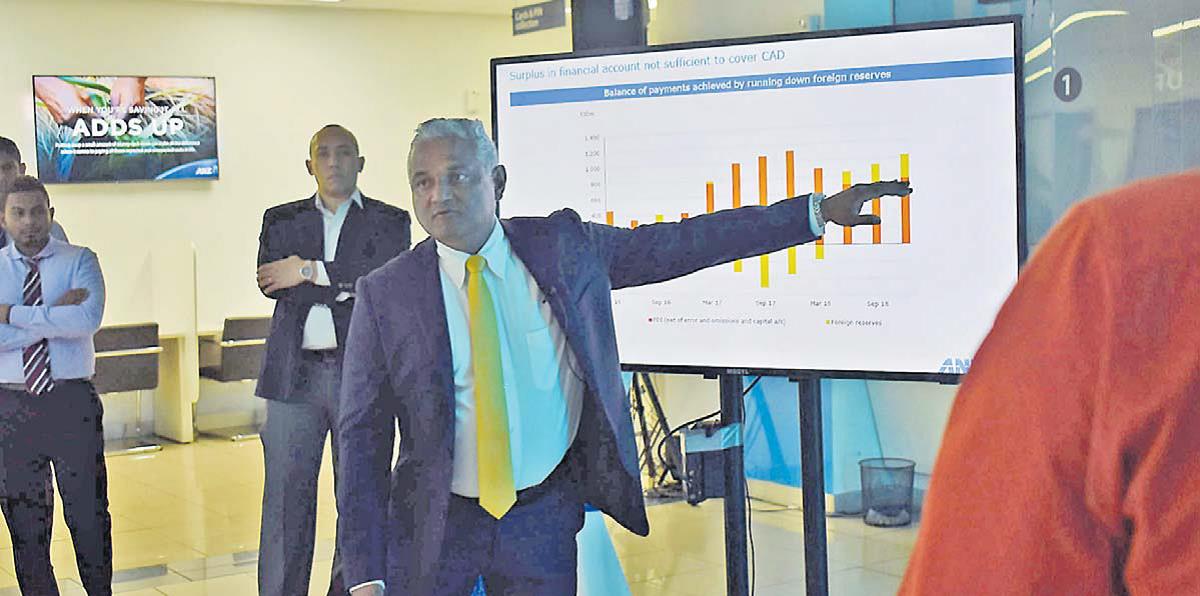THE time for Government to spend is now, said ANZ international economist Kishti Sen, as Government projects a total borrowing of $1.4billion in order to finance operations, capital expenditures and debt servicing for its 2025-2026 financial year.
The expansionary budget, handed down last month by Deputy Prime Minister and Minister for Finance Biman Prasad, has raised eyebrows with its intention to push Fiji’s debt to an unprecedented high level and move away from the Coalition Government’s earlier focus on fiscal consolidation.
While the budget’s significant $886.1million deficit (6.0 per cent of GDP) will be funded mostly by debt, Mr Sen said Fiji did not have a revenue problem but an expense problem, meaning the Government will, at some point in time, have to carry out budget repair and bring its expenses as a percentage of GDP back to manageable levels.
“Fiji’s expenses as a percentage of nominal GDP has grown at a much faster rate than revenue hence the large or larger deficit budgets,” Mr Sen told The Fiji Times.
“What Fiji needs to do is bring that (expenses) closer to 25 per cent, because if you look back in time, Fiji has had the smallest deficit and even surpluses whenever expenses as a percentage of nominal GDP was close to 25 per cent.
“That’s where the focus should be once the Government doesn’t have to do all the heavy lifting to drive growth, that is, most spending comes from the private sector. We call this budget repair.
Look at where the biggest increases in expenditure have been and see if some fat needs to be trimmed.Revenue will take care of itself.
“As boring as it sounds, you grow the economy, governments make more money. Focussing on maximising revenue from individual transactors don’t work in my view.
“Bringing expenditure back to 25 per cent of GDP is where Fiji’s real challenges lie in my humble opinion.”
The time is not right however for budget repair as the Government will need to spend big now in order to keep the economy going before private investment kicks in.
“Budget repair is something to look at down the track. Not right now as the economy is slowing and Government has a job to keep the economy moving and continue its diversification journey,” Mr Sen said.
“More stimulus now is helpful. The alternative would be to cut expenditure and reduce public demand. But without strong public demand, the slowdown in economic activity would be more severe, putting pressure on jobs.
“Public sector expenditure (or Public Final Demand), both recurrent and capital, currently accounts for 25% of GDP, which makes the government a significant spender in the economy. This means that many businesses and employment depend on government expenditure as its end use sector demand.”
The ANZ economist believes the budget repair process should begin towards the end of this decade.
“However, we should ensure that any potential restraints to recurrent expenditures in the future don’t impact on provision of core service delivery,” Mr Sen cautioned.
Note: This article was first published on the print version of the Fiji Times dated July 16, 2025



